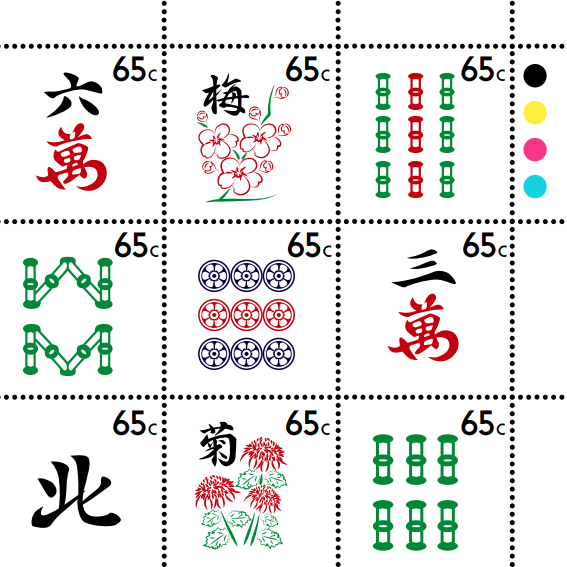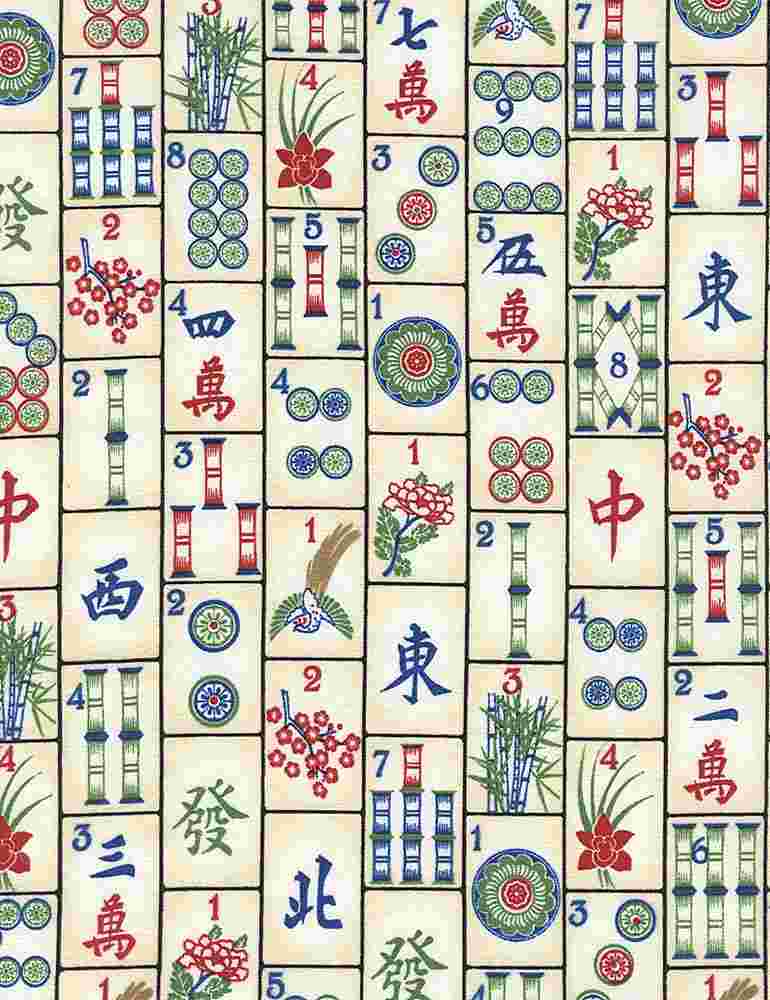
The game requires four players, seated around a square table. You will also need 2/3 dice, a four winds dice, a dice holder, and chips can used to keep track of points scored for each game. Four Season tiles (Spring (春, one), Summer (夏, two), Autumn (秋, three), and Winter (冬, four).Four Flower tiles (Plum Blossom (梅, one), Orchid (蘭, two), Chrysanthemum (菊, three), and Bamboo (竹, four).Wind tiles (East, South, West, and North).Two sets of non numbered honour tiles (28 in total): Three suits (108 in total) numbered 1-9, with 4 of each number, making it 36 tiles in each suit:

There are 144 tiles in a mahjong set based on Chinese characters and symbols: It was originally called 麻雀 ( ma jeuk) which means ‘sparrow’, representing the clacking sound of the tiles being played, which sounds like the chattering of sparrows.Īlso see: Five Films to Watch Over Chinese New Year Originally developed in 19th century China, it is played throughout Eastern and South Eastern Asia and is also very popular in Western countries. In order to do this, each player selects and discards mahjong tiles until an entire set of combinations has been made. Mahjong is a tile-based game often compared to gin rummy, and the object of the game is to build “sets”, as well as to get the highest point value. In Hong Kong, the most common style is Hong Kong/Cantonese mahjong, while Taiwanese mahjong has also gained some popularity. There are many versions of the game – Chinese, Cantonese, American, Taiwanese, Japanese, and Western mahjong to name a few.
MAHJONG TILES HOW TO
Learning how to play mahjong is no mean feat. Just noting their color is sufficient enough here.Reading Time: 6 minutesMaybe it’s the various lockdowns we’ve all been through, the self quarantines at home or the joys of home schooling whatever the catalyst, it feels like everyone we know is suddenly learning how to play mahjong. They are known as the dragons: white, green, and red. Likewise, this is significant to note for yakuhai. The wind tiles correlate to the player seating, and so therefore, it is best to remember the wind tiles in the East, South, West, and North order, as they correspond to the seating order. They are indicated as East, South, West, and North. Ordered 1-9, it is special to note the 1-sou tile which is marked with a large bird instead of 1-stick to discourage cheating by tile alteration. Souzu 「索子」, or sou 「索」, composes the bamboo or stick tiles. Pinzu 「筒子」, or pin 「筒」 for short, composes the coin or circle tiles. The character for man means "ten thousand".

Standard Japanese sets lack these alphanumeric superscripts. While some sets have the alphanumeric representations of the numbers superscript on the upper right corners, it is actually best to remember the kanji for 1-9. The Chinese characters or Japanese kanji are used to indicate the numbers 1-9. Manzu 「萬子」, or man/wan 「萬」 for short, composes the character tiles. Within the numbered suits, the tiles numbered 2 through 8 are composed of the simples, while the 1's and 9's are separated as the terminals.Īll tiles listed here follow the order used for dora.

Three groups of tiles form the numbered suits, while another group form the honor tiles, which can be further subdivided as dragons and winds. The first distinction is the separation by suits and tile types. The tiles may be subgrouped in a couple different ways. Like most mahjong tile sets, these tiles are capable of standing on their own. Typically, Japanese tiles are individually about the size 16 mm x 19 mm x 26 mm (WLH). The remaining four tiles are four flower tiles, which are not used at all. To use these tiles, regular five tiles are switched with the red dora. The extra tiles are four red five dora tiles: one for manzu and souzu, and two for pinzu. Even then, a specialized set called a "Washizu set" features 3 out of 4 tiles using transparent acrylic material.įor Japanese mahjong, 136 out of 144 tiles are used. Some sets come with tiles whose front and back side are of the same color. Usually, every tile is dual colored, with every tile having the same colored back side and these colors vary from one set to another. For every tile, there is four of each type. Japanese mahjong sets usually come with 144 tiles in a case.


 0 kommentar(er)
0 kommentar(er)
